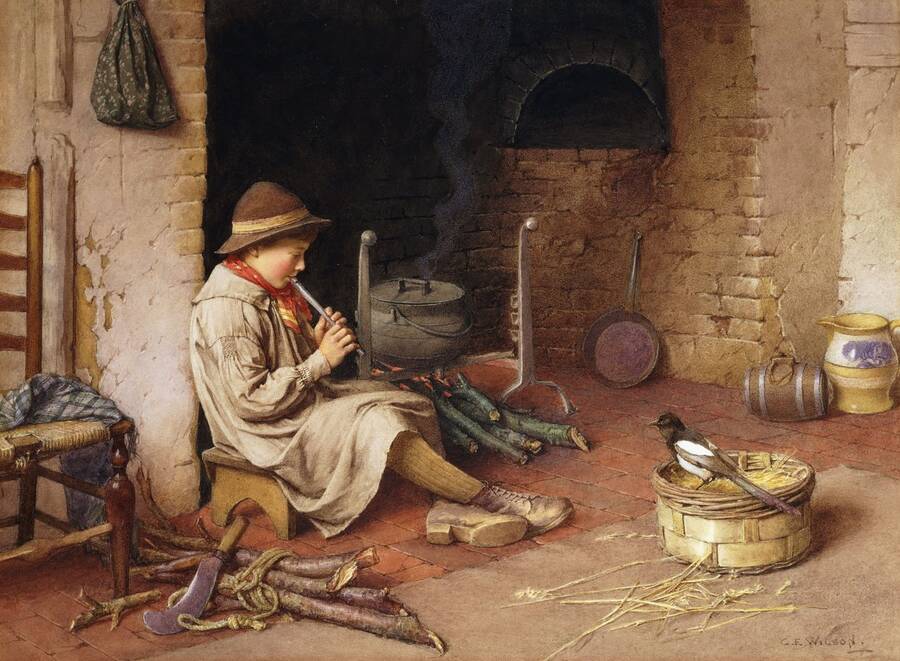Via Spirituum [Latin] – Path of Spirits
The shaman is not merely a sick man, or a madman; he is a sick man who has healed himself. - Mircea Eliade
The Essence of Shamanism
Shamanism is a spiritual practice centered on mediating between the physical and spiritual realms, where practitioners—shamans—journey into unseen worlds to seek guidance, healing, or wisdom. Rooted in the belief that all existence is animated by a vital force, akin to the ancient pneuma (Greek for breath or spirit) or ruach (Hebrew for spirit), shamanism views nature, ancestors, and spirits as interconnected partners in life’s tapestry. From Siberian tundra to Amazonian rainforests, shamans use trance, ritual, and communion with spirits to address personal and communal needs. Unlike religious spirituality’s doctrines or metaphysical spirituality’s abstract inquiries, shamanism is grounded in direct, experiential encounters with the sacred. This exploration dives into its practices, cultural expressions, and timeless role in human spirituality.
Foundations of Shamanism
Shamanism rests on the premise that the universe is alive with spirits—entities in animals, plants, or natural forces—that influence human affairs. Shamans, often chosen through visions or initiatory illnesses, act as intermediaries, entering altered states to interact with these spirits. The concept of a life force, echoing pneuma, underpins this worldview, portraying existence as a web of energies accessible through trance or ritual. Core beliefs include the existence of multiple realms (e.g., upper, middle, lower worlds) and the shaman’s ability to navigate them for healing, divination, or restoring balance. This practice emphasizes practical outcomes, blending mysticism with service to the community.
Practices and Rituals
Shamanic practices revolve around entering trance states, often induced by drumming, chanting, dancing, or entheogens (psychoactive plants like ayahuasca). In these states, shamans “journey” to spiritual realms, guided by animal spirits or ancestors, to retrieve lost souls, diagnose ailments, or gain insights. Rituals might involve offerings to spirits, as in Mongolian shamanism’s milk libations, or purification ceremonies, like sweat lodges in Native American traditions. Divination, using bones or stones, reveals hidden truths. Modern shamanic practices, like neo-shamanism, adapt these techniques for urban settings, focusing on personal growth or ecological healing. These rituals bridge the seen and unseen, rooted in nature’s rhythms.
Core Shamanic Practices
- Trance Journeys: Entering altered states via drumming or entheogens to visit spirit realms.
- Soul Retrieval: Recovering fragmented soul parts to heal trauma or illness.
- Divination: Using bones, stones, or visions to uncover spiritual insights.
- Purification Rituals: Cleansing through sweat lodges or smudging to restore balance.
Diversity Across Cultures
Shamanism spans countless cultures, reflecting local environments and beliefs. In Siberia, Tungus shamans commune with sky spirits through ecstatic dances. Amazonian shamans, like those of the Shipibo, use ayahuasca to navigate cosmic visions. Native American traditions, such as Navajo healing chants, restore harmony through intricate ceremonies. Korean mudang shamans channel ancestors in vibrant rituals. Even ancient European practices, like those of the Sami, involved drum-induced trances. Modern neo-shamanism, popular in Western contexts, draws from these traditions, emphasizing personal empowerment and ecological connection. Despite regional differences, all share a reverence for nature and the shaman’s role as a spiritual bridge.
Strengths and Challenges
Shamanism’s strength lies in its immediacy, offering tangible healing and guidance through direct spirit interaction. Its deep ties to nature foster ecological awareness, resonating with modern environmental concerns. Its adaptability allows it to thrive in diverse contexts, from indigenous villages to urban workshops. However, cultural appropriation poses a challenge, as outsiders may exploit sacred practices without respect. The use of entheogens raises ethical and legal questions, and the intensity of shamanic experiences can overwhelm unprepared practitioners. Maintaining authenticity while adapting to modern needs requires careful balance, ensuring shamanism remains a living, respectful tradition.
The Personal and the Collective
Shamanism is both deeply personal and inherently communal. A shaman’s trance journey is a solitary act, guided by personal spirit allies, yet it serves the community—whether healing an individual or resolving collective discord. For example, soul retrieval restores personal wholeness, while communal rituals, like the Lakota Sun Dance, strengthen group identity. The belief in a universal life force—whether spirits or nature’s energy—unites these efforts, suggesting that individual and collective well-being are intertwined. This duality makes shamanism a powerful tool for addressing both inner and outer worlds, fostering harmony across realms.
Shamanic Traditions and Their Expressions
- Siberian Shamanism: Trance journeys with drums to commune with sky spirits.
- Amazonian Shamanism: Ayahuasca ceremonies for cosmic visions and healing.
- Native American Shamanism: Sweat lodges and chants for purification and harmony.
- Neo-Shamanism (Modern): Adapted practices for personal growth and ecological awareness.
Shamanism in a Modern Context
In today’s world, shamanism experiences a revival, driven by interest in holistic healing and environmental connection. Neo-shamanic workshops teach drumming or journeying, blending indigenous wisdom with modern psychology. Scientific studies explore trance states, linking them to brainwave patterns, while ecological movements draw on shamanic reverence for nature. Yet challenges remain: cultural sensitivity is critical to avoid commodifying sacred practices, and urban disconnection from nature can dilute shamanism’s roots. For seekers, shamanism offers a path to transcendence through direct engagement with the spirit world, grounded in the earth’s living presence.
Bridging to Broader Exploration
Shamanism, with its focus on spiritual journeys and nature’s vitality, extends nature-based spirituality’s reverence while contrasting with metaphysical spirituality’s abstract inquiries. It invites seekers to cross boundaries between worlds, seeking wisdom in unseen realms. The series continues with spiritism, which explores communication with the deceased, offering another perspective on humanity’s quest for connection. Shamanism’s bridge between the physical and spiritual lights the way for deeper explorations of the soul’s search.









